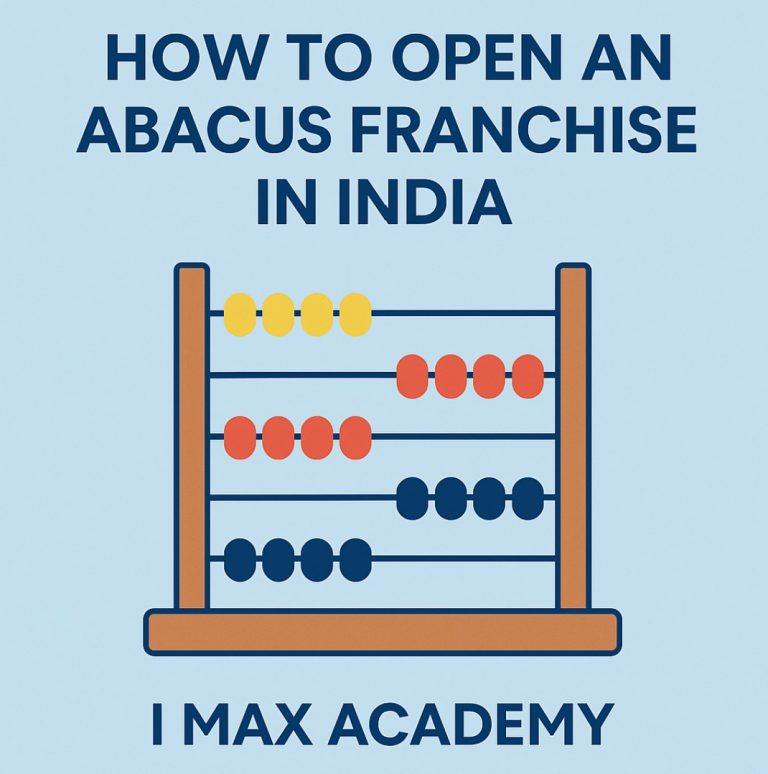
High Speed Vedic Mathematics was founded by Swami Sri Bharati Krishna Tirthaji Maharaja who was the Sankaracharya of Govardhan Matha in Puri. They are called “Vedic” as because the sutras are said to be contained in the Atharva Veda. There are 16 Sutras or Formulae which solve all known mathematical problems in the Arithmetic, Algebra, Geometry and Calculus. They are easy and simple to understand, apply and remember For example, “Vertically and Crosswise” is one of these Sutras. These formulae are intended to describe the way the mind naturally works, and are therefore supposed to be a great help in directing the student to the appropriate method of solution. None of these sutras has ever been found in Vedic literature, nor are its methods consistent with known mathematical knowledge from the Vedic era.
Perhaps the most striking feature of the Tirthaji system is its coherence. The whole system is interrelated and unified: the general multiplication method, for example, is easily reversed to allow one-line divisions, and the simple squaring method can be reversed to give one-line square roots. And, these are all easily understood. This unifying quality is very satisfying, it makes arithmetic easy and enjoyable, and it encourages innovation.
“Vedic Mathematics” refers to a technique of calculation based on a set of 16 Sutras, or aphorisms, as algorithms and their upa-sutras or corollaries derived from these Sutras. Its enthusiasts advance the claim that any mathematical problem can be solved mentally with these sutras.





Blog Comments
admin
April 12, 2016 at 8:30 am
Lorem Ipsum is simply dummy text of the printing and typesetting industry. Lorem Ipsum has been the industry’s standard dummy text ever since the 1500s, when an unknown printer took a galley of type and scrambled it to make a type specimen book. It has survived not only five centuries.
Nathan Ford
August 11, 2016 at 5:03 am
Lorem Ipsum is simply dummy text of the printing and typesetting industry. Lorem Ipsum has been the industry’s standard dummy text ever since the 1500s, when an unknown printer took a galley of type and scrambled it to make a type specimen book. It has survived not only five centuries.